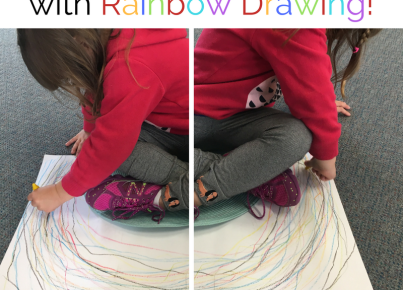Flexible classrooms are designed to allow students of all abilities to learn together in a single space. This type of classroom is becoming more popular as educators find that it better meets the needs of students. In a traditional classroom, students are typically assigned to one of two groups: those who are “smart” and those who are “dumb.”
This type of environment can be very difficult for students who are not “smart” and can lead to frustration and a lack of confidence. In a flexible classroom, students are able to move around and learn together. This allows them to build relationships with classmates and learn more comfortably.
One of the benefits of flexible classrooms is that they can be adapted to the needs of each student. This means that students with disabilities can be accommodated, and students new to the school can be introduced to the class gradually. Additionally, flexible classrooms allow for more creativity and spontaneity in the classroom. This can help to increase student engagement and learning.
Educators must remember a few things when implementing a flexible classroom. First, it is important to create a plan for how the class will be structured. Second, ensuring that all students have access to the classroom is important. Finally, ensuring that all students are comfortable with the new environment is important.
Overall, flexible classrooms are a great way to improve the learning environment for students. They allow them to be more engaged and learn in a way that is more comfortable for them.




